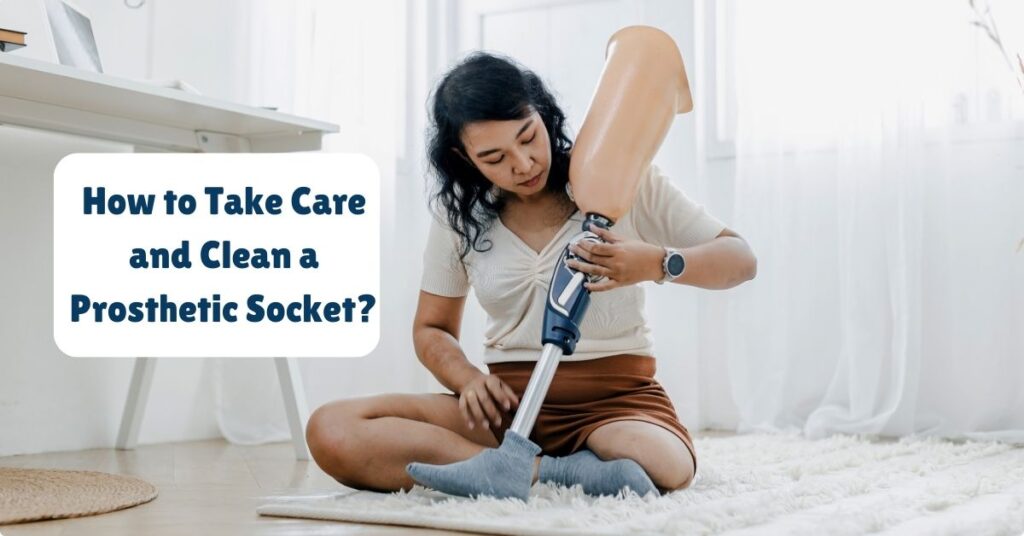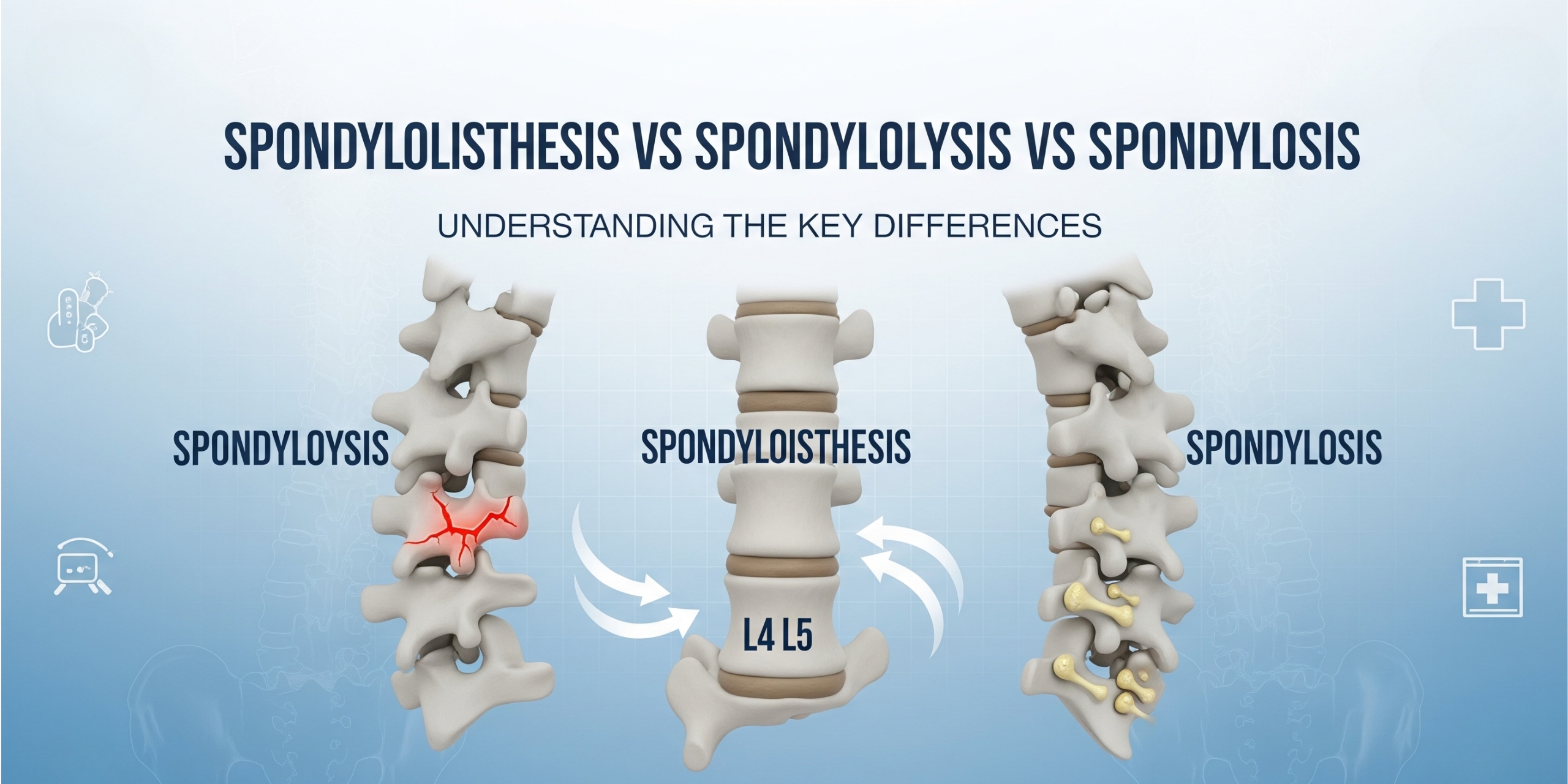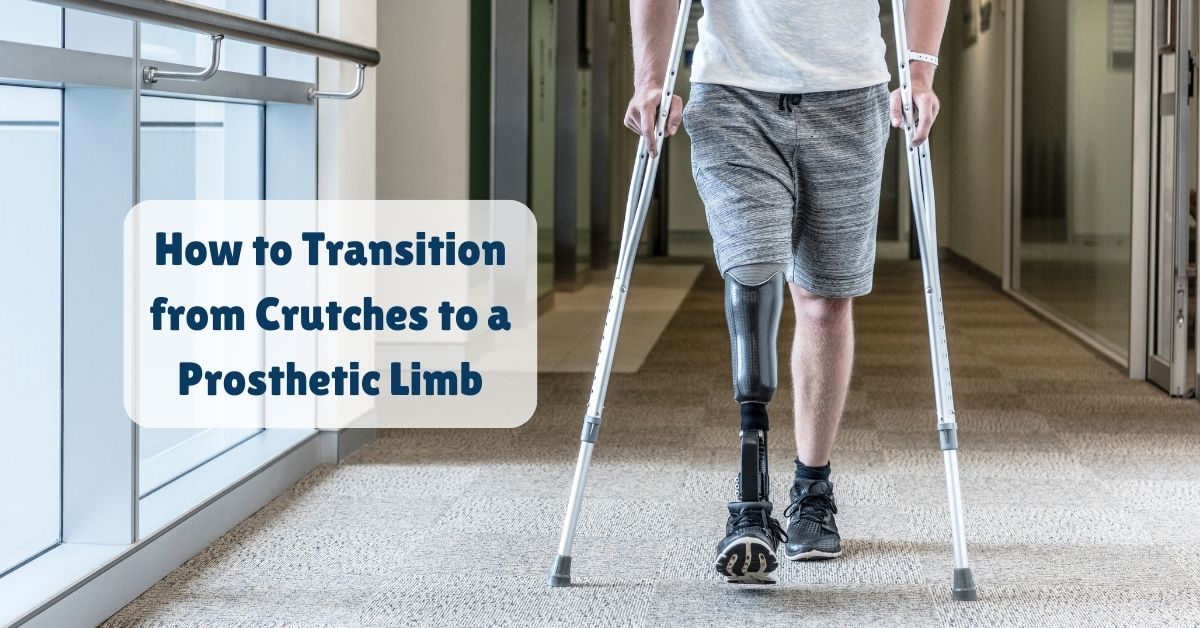Living with a prosthetic limb is a journey that requires not just adaptation but also care and maintenance to ensure the longevity and functionality of the prosthetic device. A key component of any prosthetic limb is the prosthetic socket, which as the interface between the residual limb and the prosthetic device.we will explore the significance of cleaning and caring for your prosthetic socket, the necessary materials and tools for maintenance, and step-by-step instructions on how to clean both the interior and exterior of your prosthetic socket.
What Is A Prosthetic Socket?
A prosthetic socket is a custom-made component of a prosthetic limb that fits over the residual limb of an amputee. It is designed to provide comfort, support, and stability while allowing the individual to perform daily activities with ease. The prosthetic socket acts as a crucial link between the residual limb and the prosthetic device, facilitating mobility and enhancing the quality of life for amputees.
Why Is It Important To Clean Your Prosthetic Socket Regularly?
Regular cleaning of your prosthetic socket is crucial for maintaining your overall health and the functionality of your prosthetic limb. Here are some key reasons why it is important to clean your prosthetic socket regularly:
1. Preventing Infections
A clean prosthetic socket helps reduce the risk of skin infections and irritations. Bacteria, sweat, and dirt can accumulate within the socket, creating a breeding ground for harmful microorganisms that can lead to skin issues. Regular cleaning helps keep the socket free from contaminants, reducing the chances of infection.
2. Maintaining Hygiene
Proper hygiene is essential for preventing unpleasant odors and skin conditions. Regular cleaning of the prosthetic socket removes sweat, dead skin cells, and other residues that can cause odor and discomfort. By keeping the socket clean, you promote a hygienic environment that supports healthy skin and overall well-being.
3. Enhancing Comfort
A clean prosthetic socket contributes to your comfort and mobility. Residues and debris within the socket can cause friction, friction, and discomfort while wearing the prosthetic limb. By cleaning the socket regularly, you ensure a smooth and comfortable fit, allowing you to move freely without irritation or pain.
4. Prolonging Prosthetic Lifespan
Proper care and maintenance, including regular cleaning, can extend the lifespan of your prosthetic limb. Cleanliness helps prevent premature wear and tear on the socket and other components of the prosthetic device. By keeping the socket clean and well-maintained, you can maximize the durability and functionality of your prosthetic limb, reducing the need for costly repairs or replacements.
5. Improving Overall Well-being
Maintaining a clean prosthetic socket only benefits your physical health but also contributes to your emotional well-being. A clean and well-maintained prosthetic limb can boost your confidence, self-esteem, and quality of life. By taking the time to care for your prosthetic socket, you demonstrate self-respect and a commitment to your health and comfort, leading to a more positive and fulfilling lifestyle.
What Materials And Tools Do You Need For Cleaning A Prosthetic Socket?
When cleaning a prosthetic socket, having the right materials and tools on hand is essential to ensure a thorough and effective cleaning process. Here is a list of the materials and tools you will need to clean your prosthetic socket:
- Mild soap or specialized prosthetic cleaning solution
- Soft bristle brush or cloth
- Towel for drying
- Rubbing alcohol or disinfectant wipes
- Cotton swabs for detailed cleaning
- Prosthetic skin moisturizer or lotion (if recommended by your prosthetist)
Having these items on hand will ensure a thorough and effective cleaning process for your prosthetic socket.
How Should You Clean The Interior Of The Prosthetic Socket?
Learning the interior of your prosthetic socket is a critical step in maintaining hygiene, comfort, and skin health. Here is a step-by-step guide on how to clean the interior of the prosthetic socket effectively:
Steps to Clean the Interior of the Prosthetic Socket:
- Remove the Prosthetic Limb: Carefully detach the prosthetic limb from the socket before cleaning to ensure better access to the interior.
- Inspect for Debris: Visually inspect the interior of the socket for any debris, sweat, or residue that may have accumulated. Remove any visible particles or buildup before proceeding with the cleaning process.
- Prepare Cleaning Solution: Dilute a mild soap in water or use a specialized prosthetic cleaning solution recommended by your prosthetist. Ensure the cleaning solution is gentle and suitable for cleaning the interior of the socket without causing irritation.
- Use Soft Brush or Cloth: Dip a soft-bristled brush or a cloth into the cleaning solution. Gently scrub the interior of the prosthetic socket to remove dirt, sweat, and residue. Pay attention to areas where skin contact is most frequent.
- Rinse Thoroughly: After cleaning, rinse the interior of the socket with clean water to remove any soap residue. Ensure thorough rinsing to prevent skin irritation from leftover cleaning solution.
- Dry Completely: Use a clean and dry towel to pat the interior of the socket until it is completely dry. Moisture can lead to skin issues and discomfort, so ensure the socket is dry before reattaching the prosthetic limb.
- Inspect and Air Out: Take the time to inspect the interior of the socket for any remaining debris or signs of moisture. If necessary, allow the socket to air out in a well-ventilated area to ensure complete dryness.
- Moisturize (Optional): If recommended by your prosthetist, apply a prosthetic skin moisturizer or lotion to the clean and dry interior of the socket. This can help hydrate the skin and prevent dryness or irritation.
- Reattach the Prosthetic Limb: Once the interior of the socket is clean and dry, reattach the prosthetic limb securely. Ensure a comfortable and snug fit to maintain stability and mobility.
By following these steps and incorporating regular cleaning of the interior of your prosthetic socket into your prosthetic care routine, you can promote skin health, comfort, and overall well-being. Consult your prosthetist for personalized cleaning recommendations and guidance tailored to your specific prosthetic socket and individual needs.
How Do You Clean The Exterior Of The Prosthetic Socket?
Cleaning the exterior of your prosthetic socket is essential to maintain hygiene, appearance, and durability. Here is a guide on how to clean the exterior of the prosthetic socket effectively:
Steps to Clean the Exterior of the Prosthetic Socket:
- Wipe with Disinfectant:Start by using rubbing alcohol or disinfectant wipes to clean the external surface of the prosthetic socket. This helps to sanitize the exterior and remove bacteria and germs.
- Check for Damage: Inspect the exterior of the socket for any signs of wear, cracks, or damage. If you notice any issues, consult your prosthetist for evaluation and potential repairs.
- Moisturize if Needed: Apply prosthetic skin moisturizer or lotion to the exterior of the socket if recommended by your prosthetist. This can help keep the skin supple and prevent dryness.
- Allow to Air Dry: After cleaning and moisturizing (if applicable), allow the prosthetic socket to air dry completely. Ensure that the socket is dry before reattaching the prosthetic limb.
- Inspect for Residue: Check the exterior of the socket for any remaining residue or cleaning solution. Wipe off any excess product with a clean cloth to ensure the surface is clean and free from contaminants.
- Inspect Appearance: Take a moment to inspect the overall appearance of the prosthetic socket. Ensure that it is clean, smooth, and free from dirt or stains that may affect its aesthetics.
- Ensure Proper Fit: Before reattaching the prosthetic limb, confirm that the exterior of the socket is clean and dry. Verify that there are no obstructions or rough areas that could impact the fit or comfort of the prosthetic limb.
- Reattach the Prosthetic Limb: Once the exterior of the prosthetic socket is clean and dry, securely reattach the prosthetic limb. Ensure a snug and comfortable fit to maintain stability and mobility while wearing the prosthetic device.
By following these steps and incorporating regular cleaning of the exterior of your prosthetic socket into your prosthetic care routine, you can ensure the cleanliness, hygiene, and longevity of your prosthetic limb. Remember to consult your prosthetist for specific cleaning recommendations and guidance tailored to your prosthetic socket’s material and maintenance needs. Regular cleaning and care of the exterior of the prosthetic socket can contribute to your overall comfort, confidence, and well-being.
Conclusion
Caring for your prosthetic socket is a vital aspect of maintaining your prosthetic limb’s functionality and longevity. By following the guidelines outlined in this ultimate guide, you can ensure that your prosthetic socket remains clean, hygienic, and comfortable. Regular cleaning and proper maintenance only benefit your health but also enhance the performance and durability of your prosthetic device. If you’re seeking high-quality prosthetic solutions, consider exploring products from a reputable prosthetics manufacturing company in India.
Remember to consult your prosthetist for specific cleaning recommendations tailored to your unique prosthetic socket and individual needs. Embrace a routine of cleaning and caring for your prosthetic socket to enjoy optimal comfort, mobility, and peace of mind in your daily activities.











